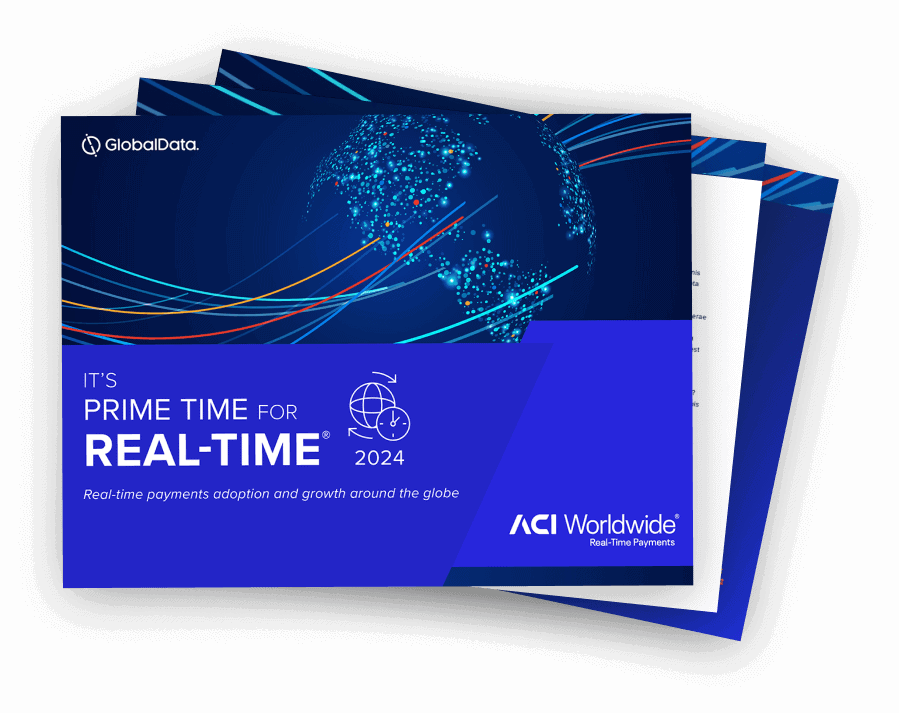Inside real-Time
What Is Inside Real-Time?
Inside Real-Time is the go-to platform for expert insights on the real-time payments landscape. Centered on ACI’s annual Prime Time for Real-Time report, it answers the critical questions facing today’s financial, merchant, and biller industries.
Get the latest information on the impact real-time payment schemes and regulations are having, the top use cases driving adoption, plus which countries are taking the lead in the real-time revolution.













